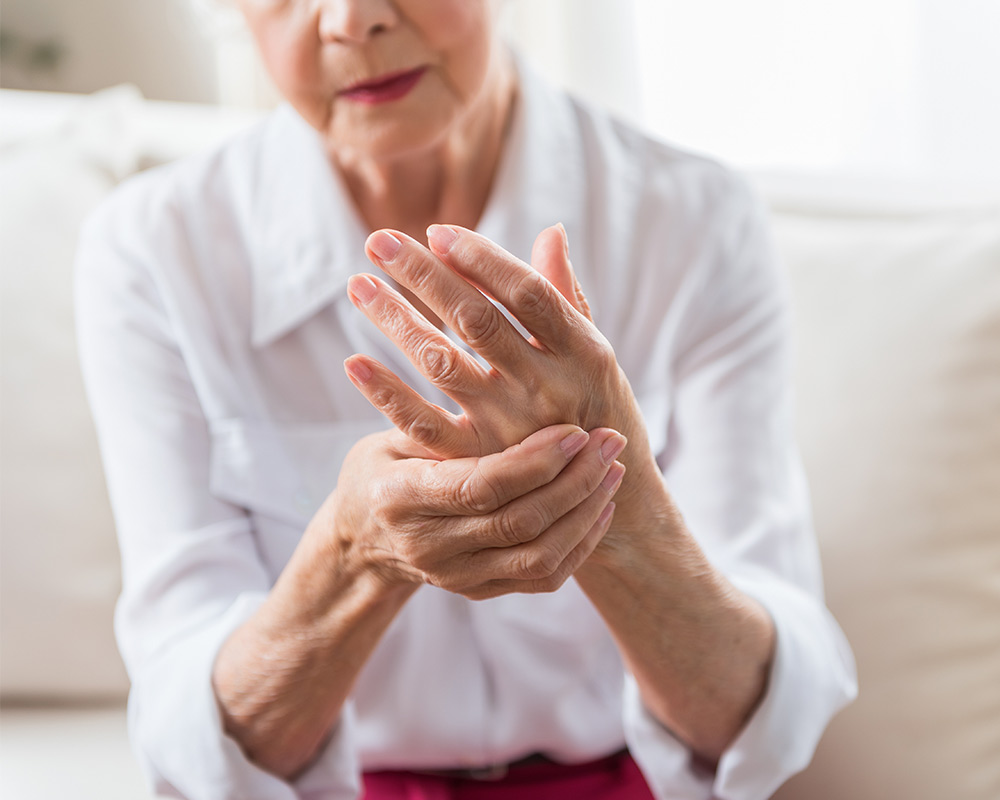While most men have certain health issues on their radar, like prostate cancer, they often forget about the most common form in the U.S. – skin cancer.
“This is an often forgotten about entity under the umbrella of men’s health,” says Dr. Roger Kapoor, a dermatologist at Beloit Health System. “It can be inappropriately viewed as only a female issue.”
But the numbers don’t lie. By age 65, men are twice as likely as females in the same age group to develop melanoma, the most serious type of skin cancer, reports the American Academy of Dermatology. By age 80, men are three times as likely as women their age to develop melanoma.
As physicians have learned more about the science of skin cancer and melanoma, they have found that men are physiologically at a disadvantage compared to women.
“Based on gender alone, men literally have a higher risk of skin cancer partly because they have thicker skin with less fat and more collagen,” Kapoor says. “What research has shown is that this makes skin more susceptible to sun damage from the same amount of UV light when compared to women. So, a man and woman standing under the same sun will have a greater negative impact on men.”
Additionally, estrogen assists the immune response to fight against melanoma, Kapoor adds.
His best advice to minimizing the risk of skin cancer is simple: stay out of the sun or limit your exposure between 10 a.m. and 2 p.m., when UV intensity is at its peak; wear a wide-brimmed hat to provide a physical block to UV rays; and use a sunscreen that’s at least 30 SPF while getting continuous sun exposure.
Regular skin exams also are recommended for all age groups. Remember that dark spots, leathery skin and wrinkles all can be byproducts of sun exposure.
“If you find a melanoma early, it can be highly treatable, and even curable,” Kapoor says. “Melanoma can be a preventable cause of death, but time is of the essence.” ❚
















